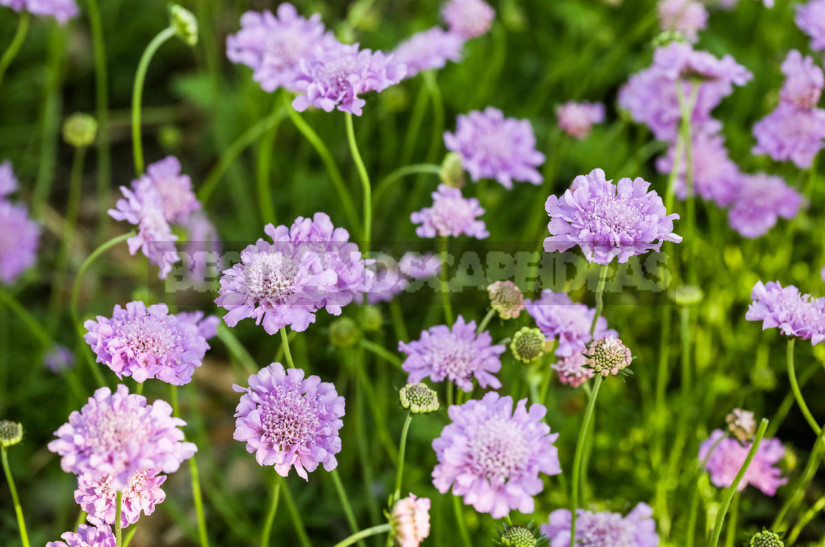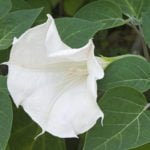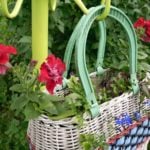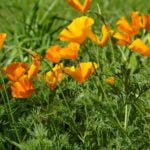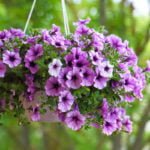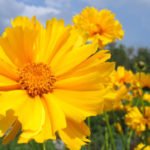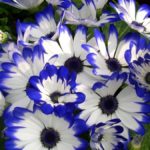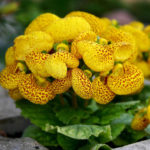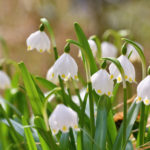We continue to study one of the most interesting topics on the site – plants-doubles for all cases of country life. And today it’s time to pick up a pair of annuals.
Selection of doubles will give you the opportunity to replace plants of similar habitus (appearance) if necessary. Forgive me colleagues-botanists a little liberty – in some pairs I put to the annual perennial, biennial flower crops, which are grown as annual.
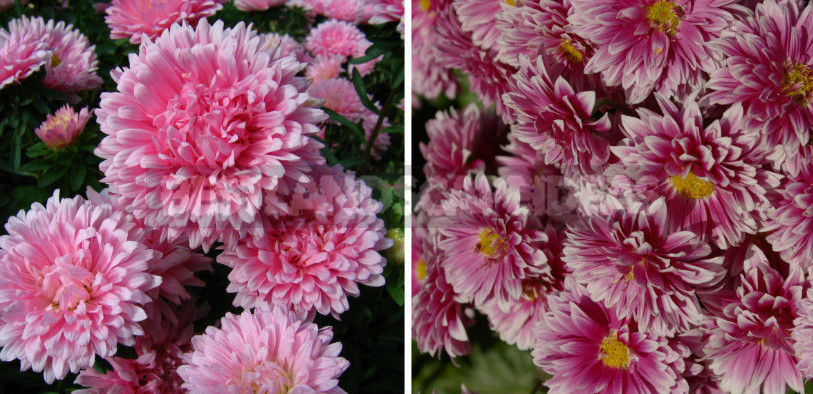
But I will not continue to torment you with waiting and if you are ready to put vegetable puzzles, let’s start.
Argyranthemum frutescens – Chrysanthemum coronarium
The lovely couple loved by all “daisies”. And it is not the only one: plants of similar habitus is easy to find among the popular flower crops from Asteraceae.
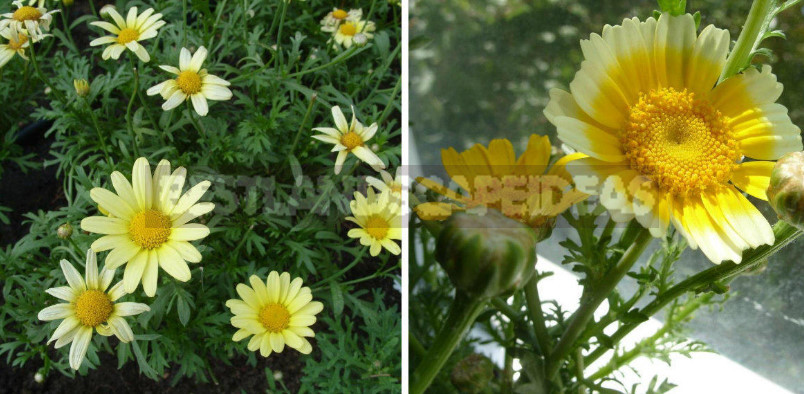
Callistephus chinensis ‘Dragon select fawn’ – Chrysanthemum ‘Queen Mary’
A variety of varieties of both annual Callistephus chinensis and Chrysanthemum will allow you to choose an infinite number of pairs.
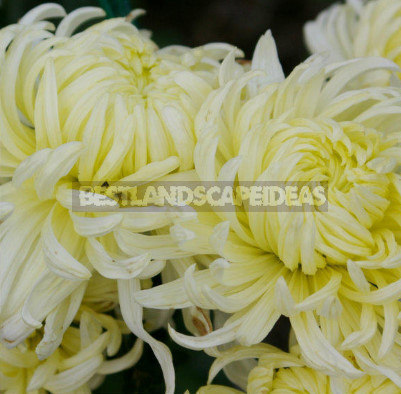
These pairs will help you to extend the flowering in mixborder in late summer –early autumn. And no one will notice the substitution. Is that only treacherous tart aroma accidentally touched you Chrysanthemum.
Callistephus chinensis ‘Winter cherry’ – Bellis perennis
If a pair of annual Astras to put similar daisies, the period of decorative flower garden can be shifted to the other side – by the time of early spring. And then with the onset of heat, when the daisies will fade, the vacant places are planted with seedlings of asters.

In seedlings of asters, the roots are well branched, so they are easily restored when transplanting even almost flowering specimens (of course, you still need to act as carefully as possible!). For both crops, open Sunny places with fertile, well-drained soils are good; they are responsive to fertilizing.
Ocimum basilicum – Perilla frutescens var. crispa, syn. var. nankinensis
Two very similar on each other spicy plants. If you doubt which one is in front of you, just RUB the leaf. In the aroma of Basil you will feel a combination of cinnamon, anise, citrus, cloves and mint, which in General create its unique smell. Perilla leaves are much more modest in terms of flavor: it can be heard only notes of cinnamon.
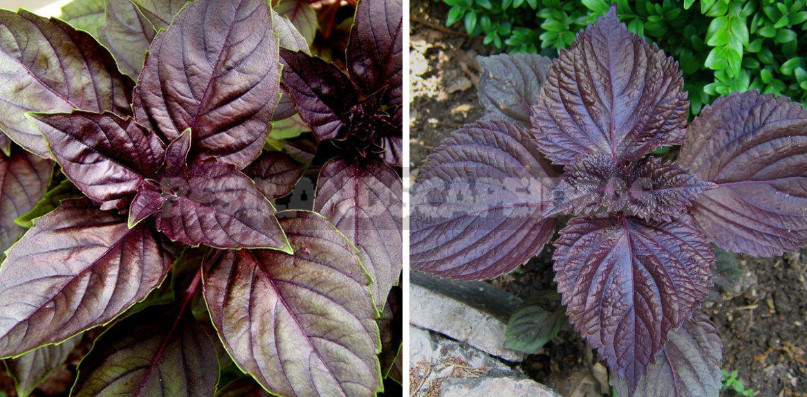
Tagetes ‘fantastic orange’ – Chrysanthemum ‘Astro Bronze’
With Tagetes and Chrysanthemum, you can create more than one pair of doubles. Thanks to their interchangeability summer in your Sunny mixborder will stay until the beginning of warm autumn.
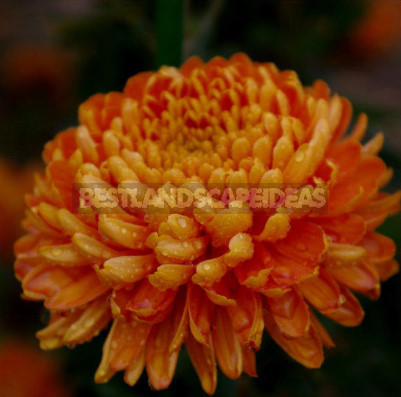
Quality seedlings, healthy rooted cuttings, fertile, well-cultivated soil, watering, weeding, fertilizing – these are the components of the success of beautiful flowers.
Tagetes ‘Vanilla’ – Zinnia
This pair – interchangeable cultures, blooming in one term. Your doubts (who is who) will dispel again specific aroma of Tagetes.
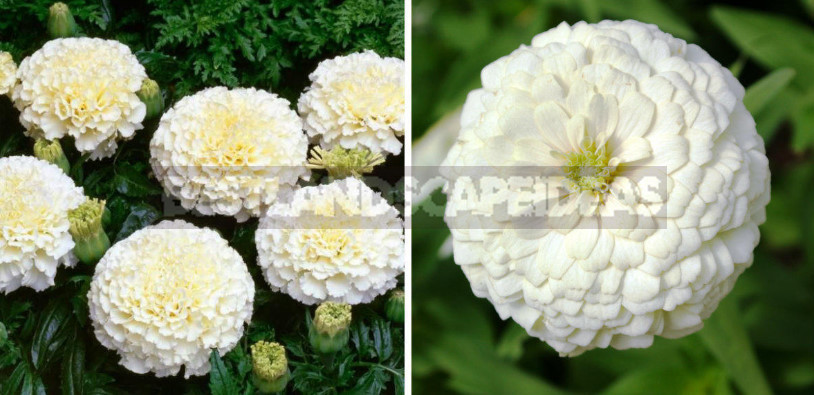
This pair, like most annuals, we owe the beauty of our summer flower beds. It is thanks to their spectacular abundant flowering that our cottages turn into oases of joy and happiness.
Verbena x hybrida – Phlox drummondii
A very successful pair of charming annuals.
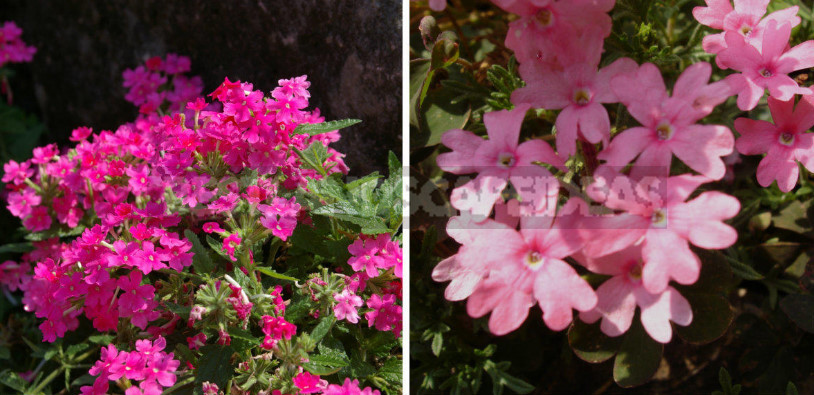
Perfectly grow and bloom in Sunny places with well-drained soil (for example in rockeries), but do not tolerate overheating of the roots. Propagated by seeds through seedlings; sowing in March.
Gaillardia x hybrida – Helium autumnale
In a pair to the sultry annual beauty, igniting in the summer in the flower beds, I put a similar perennial, which will pick up the bright baton of its flowering in early autumn.
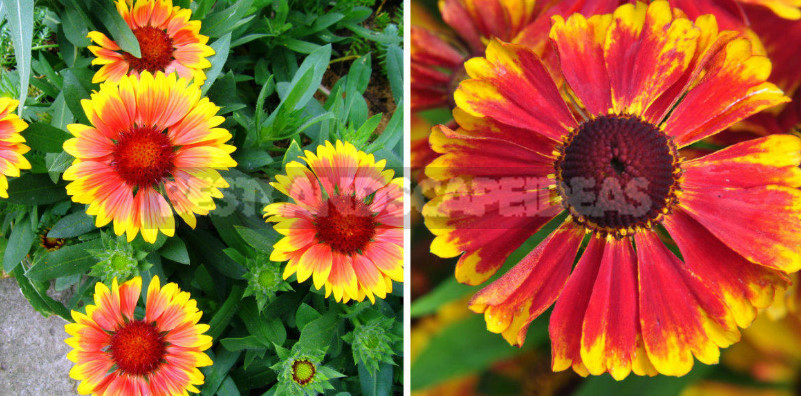
For abundant flowering both need plenty of light, nutrients in the soil. Both representatives of this bright pair are drought-resistant enough.
Delosperma cooperi – Mesembryanthemum crystallinum
This pair of relatives from the family Aizoaceae can be supplemented by Dorotheanthus.
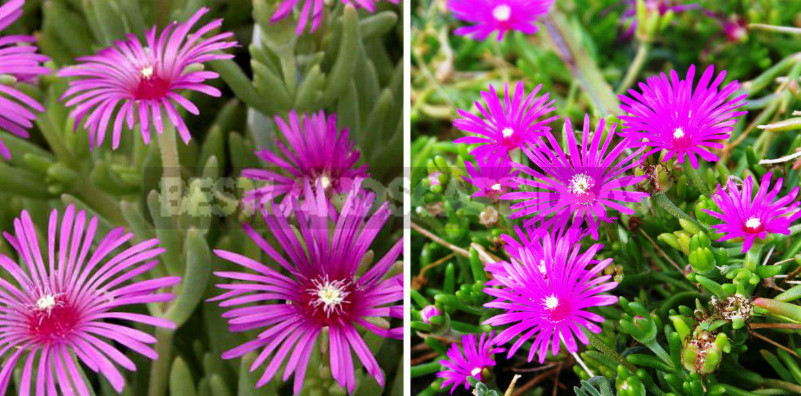
These are beautiful exotic plants. As annuals are good in Sunny rockeries. To the extent they are static. Propagated by seeds through seedlings in cold greenhouses. They don’t like naked slugs.
Dimorphoteca pluvialis – Osteospermum
Even professional florists confuse these annuals, which is not surprising, because they are exactly similar to each other.
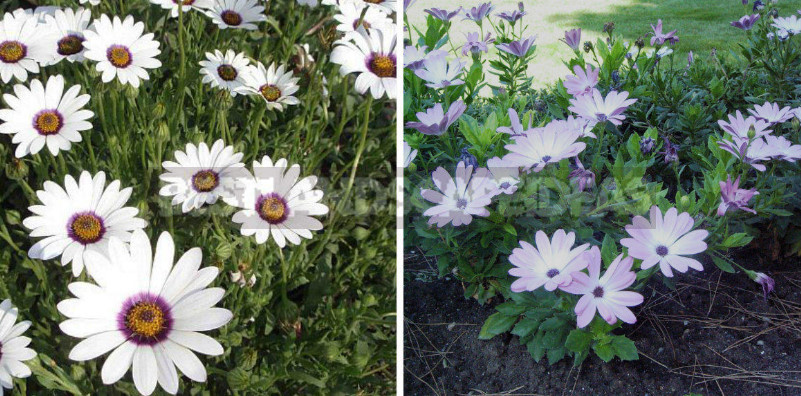
Cosmos bipinnatus ‘Snow click’ – Chrysanthemum ‘Zembla White’
Surprisingly, stunningly similar to each other during flowering! Summer residents who are going to create a white garden, definitely worth paying attention to them.
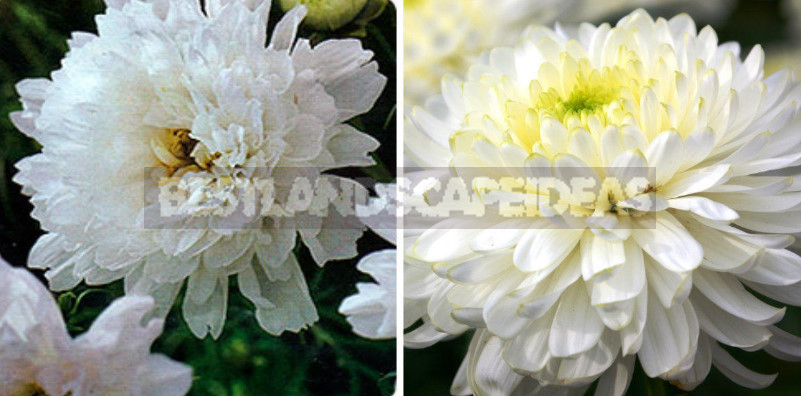
Both cultures must be fed carefully, in moderation. With an excess of organic fertilizers, plants actively increase the lush mass of greenery, and flowering suffers.
Scabiosa atropurpurea – Armeria maritima
I used to confuse these two beauties from afar, but now I know how easy it is to distinguish them: I clearly focus on the time of year. The first (in may) blooms perennial Armeria maritima, and then (from July to September) annual Scabiosa atropurpurea.
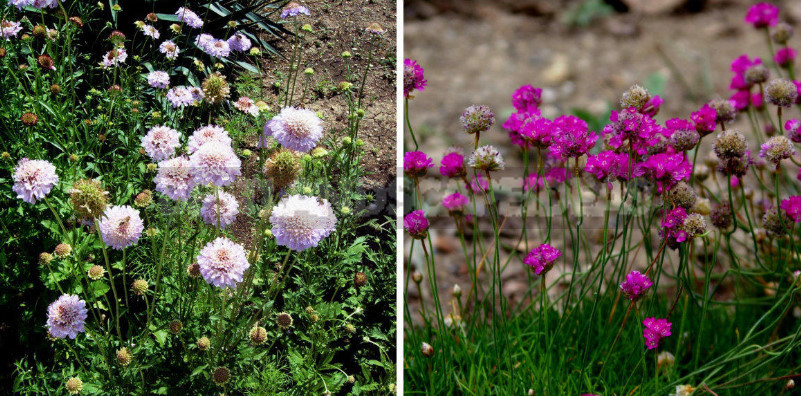
Both are now extremely popular, each boasts a variety of varieties with flowers of a wide variety of colors that bloom luxuriously on light fertile non-acid soils. Good at rockeries.
Calendula officinalis ‘Kabloona apricot’ – Chrysanthemum ‘Puma Cream’
Recently Terry calendula just amaze our imagination. Here is another delightful direction in their selection – anemone inflorescences.
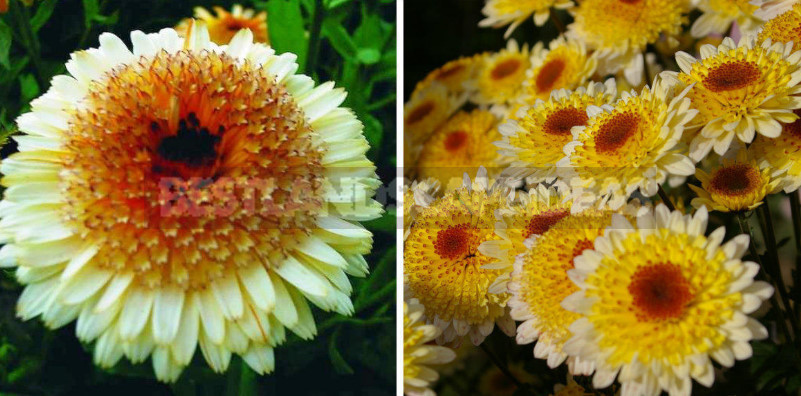
Calendula is best grown through seedlings, sowing seeds in April.
Cheiranthus cheiri – Matthiola incana
Only by creating a collage, I saw the difference between these two plants.
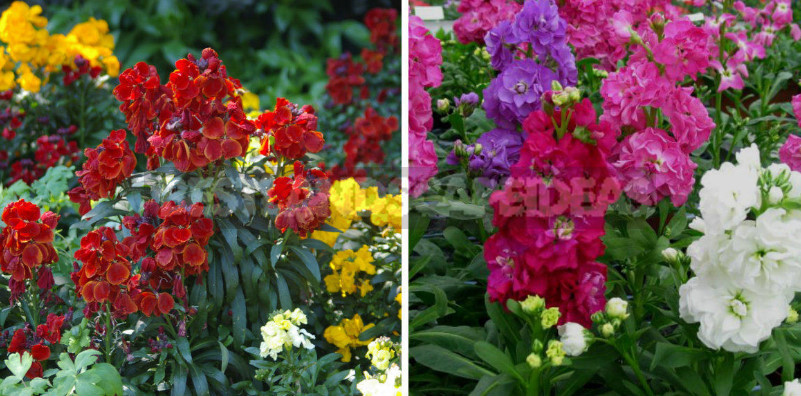
Cheiranthus cheiri is grown primarily as an annual or biennial.
Layia elegans – Tolpis barbata
They made a beautiful pair of annuals.
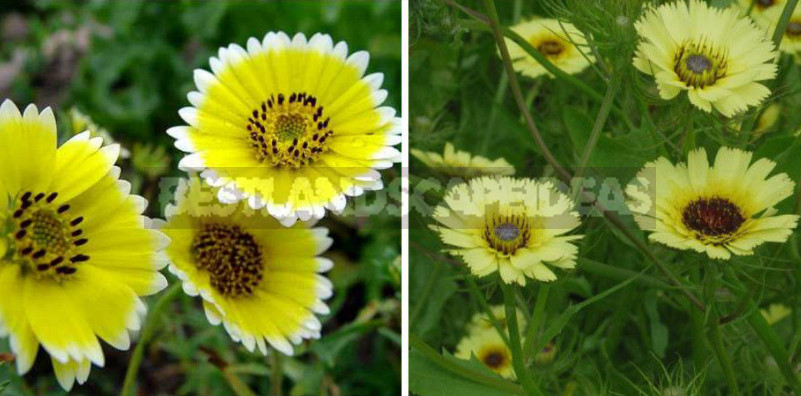
Light-loving cold-resistant drought-resistant Tolpis barbata loves fertile soils; does not tolerate waterlogging.
And what a couple of annuals do you have in yours? Have you ever been in the country need to get their replacement?
